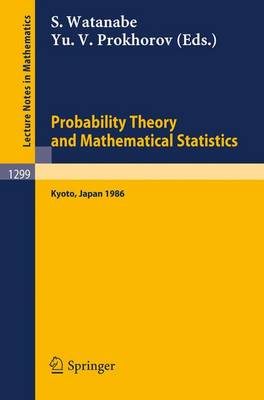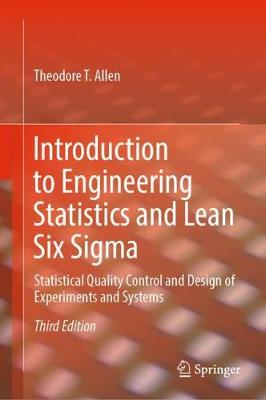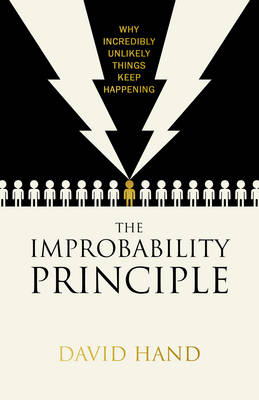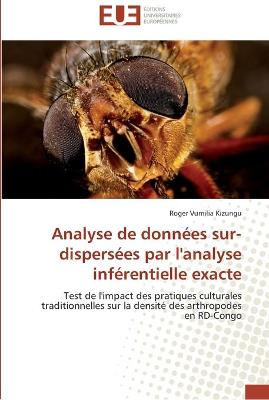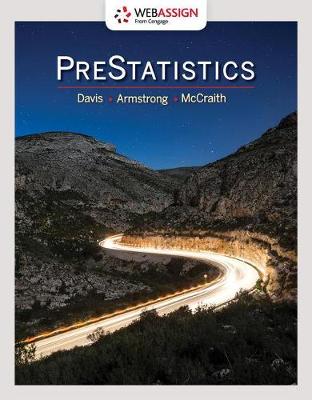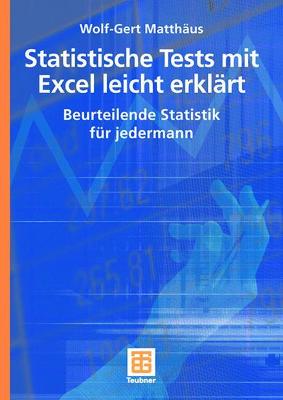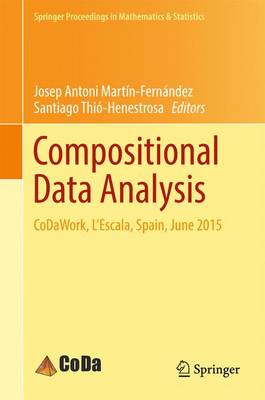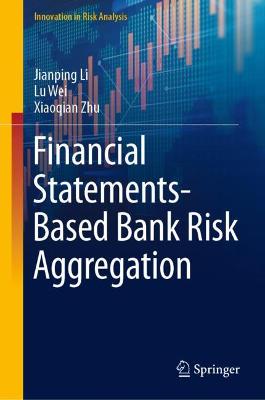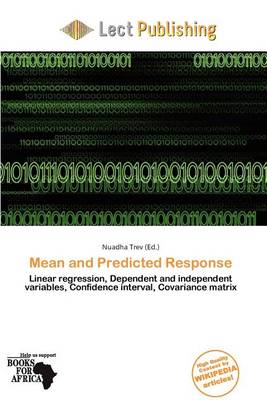Mathematical Methods for Hydrodynamic Limits (Lecture Notes in Mathematics, #1501)
by Anna DeMasi and Errico Presutti
Entropy inequalities, correlation functions, couplings between stochastic processes are powerful techniques which have been extensively used to give arigorous foundation to the theory of complex, many component systems and to its many applications in a variety of fields as physics, biology, population dynamics, economics, ... The purpose of the book is to make theseand other mathematical methods accessible to readers with a limited background in probability and physics by...
Feynman-Kac-Type Formulae and Gibbs Measures (De Gruyter Studies in Mathematics)
by Jozsef Lorinczi, Fumio Hiroshima, and Volker Betz
This is the second updated and extended edition of the successful book on Feynman-Kac theory. It offers a state-of-the-art mathematical account of functional integration methods in the context of self-adjoint operators and semigroups using the concepts and tools of modern stochastic analysis. The first volume concentrates on Feynman-Kac-type formulae and Gibbs measures.
Chaines de Markov Sur Les Permutations (Lecture Notes in Mathematics, #1010)
by J -E Dies
Frontiers of Digital Transformation
Proposing the concept of real-world data circulation (RWDC), this book presents various practical and industry-related studies in human, mechanical, and social data domains. RWDC is a new field of study, established by the information technology (IT) community. In the real world, the speed of data transmission between computers surpassed that of human communications long ago and has since expanded exponentially. As a result, the origin of the majority of data has become non-human, mechanical, o...
Probability Theory and Mathematical Statistics (Lecture Notes in Mathematics, #1299)
These proceedings of the fifth joint meeting of Japanese and Soviet probabilists are a sequel to Lecture Notes in Mathematics Vols. 33O, 550 and 1O21. They comprise 61 original research papers on topics including limit theorems, stochastic analysis, control theory, statistics, probabilistic methods in number theory and mathematical physics.
Stochastic Processes, Estimation, and Control (Advances in Design and Control)
by Jason L. Speyer and Walter H. Chung
Uncertainty and risk are integral to engineering because real systems have inherent ambiguities that arise naturally or due to our inability to model complex physics. The authors discuss probability theory, stochastic processes, estimation, and stochastic control strategies and show how probability can be used to model uncertainty in control and estimation problems. The material is practical and rich in research opportunities. The authors provide a comprehensive treatment of stochastic systems...
Introduction to Engineering Statistics and Lean Six Sigma
by Theodore T. Allen
This book provides an accessible one-volume introduction to Lean Six Sigma and statistics in engineering for students and industry practitioners. Lean production has long been regarded as critical to business success in many industries. Over the last ten years, instruction in Six Sigma has been linked more and more with learning about the elements of lean production. Building on the success of the first and second editions, this book expands substantially on major topics of increasing relevanc...
Why is it that incredibly unlikely phenomena actually happen quite regularly and why should we, in fact, expect such things to happen? Here, in this highly original book - aimed squarely at anyone with an interest in coincidences, probability or gambling - eminent statistician David Hand answers this question by weaving together various strands of probability into a unified explanation, which he calls the improbability principle. This is a book that will appeal not only to those who love stories...
Analyse de donnees sur-dispersees par l'analyse inferentielle exacte (Omn.Univ.Europ.)
by Kizungu-R
Introduction to Ergodic Theory (MN-18), Volume 18 (Mathematical Notes)
by Iakov Grigorevich Sinai
Based on lectures in Erevan, this exposition of ergodic theory contains a rich collection of examples well chosen to introduce the reader to the main themes of the subject. Topics discussed include existence of invariant measures, geodesic flows on Riemannian manifolds, ergodic theory of an ideal gas, and entropy of dynamical systems.
Chance in the World (Oxford Studies in Philosophy of Science)
by Carl Hoefer
Probability has fascinated philosophers, scientists, and mathematicians for hundreds of years. Although the mathematics of probability is, for most applications, clear and uncontroversial, the interpretation of probability statements continues to be fraught with controversy and confusion. What does it mean to say that the probability of some event X occurring is 31%? In the 20th century a consensus emerged that there are at least two legitimate kinds of probability, and correspondingly at le...
Webassign Printed Access Card for Davis/Armstrong/McCraith's Prestatistics, Single-Term
by Donald Davis, William Armstrong, and Mike McCraith
Probability Measures on Groups VIII (Lecture Notes in Mathematics, #1210)
Stochastic Analysis and Related Topics (Perspectives in Mathematical Logic, #1316)
Statistische Tests Mit Excel Leicht Erklart
by Wolf-Gert Matth Us and Wolf-Gert Matthaus
Compositional Data Analysis (Springer Proceedings in Mathematics & Statistics, #187)
The authoritative contributions gathered in this volume reflect the state of the art in compositional data analysis (CoDa). The respective chapters cover all aspects of CoDa, ranging from mathematical theory, statistical methods and techniques to its broad range of applications in geochemistry, the life sciences and other disciplines. The selected and peer-reviewed papers were originally presented at the 6th International Workshop on Compositional Data Analysis, CoDaWork 2015, held in L'Escala (...
Financial Statements-Based Bank Risk Aggregation (Innovation in Risk Analysis)
by Jianping Li, Lu Wei, and Xiaoqian Zhu
This book proposes a bank risk aggregation framework based on financial statements. Specifically, bank risk aggregation is of great importance to maintain stable operation of banking industry and prevent financial crisis. A major obstacle to bank risk management is the problem of data shortage, which makes many quantitative risk aggregation approaches typically fail. Recently, to overcome the problem of inaccurate total risk results caused by the shortage of risk data, some researchers have prop...







